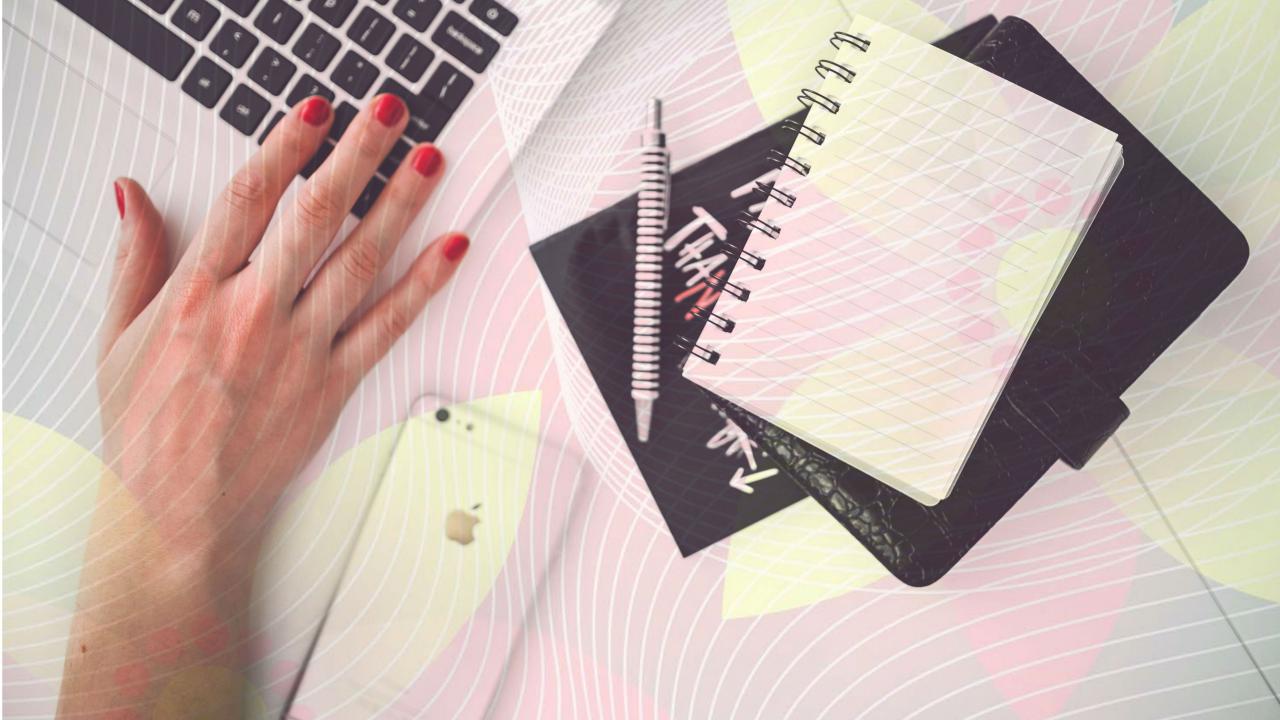In the previous article on progressive muscle relaxation or PMR, we went over the basics of this practice. Now it’s time to learn how to do it.
The following is the suggested sequence of muscle groups that people should do when practicing PMR: right foot, right lower leg and foot, entire right leg, left foot, left lower leg and foot, entire left leg, right hand, right forearm and hand, entire right arm, left hand, left forearm and hand, entire left arm, abdomen, chest, neck and shoulders, and face. If you are left-handed, start with your left foot first.
The first step in the tension-relaxation exercise is to tense the muscles in the specified area of your body. So assuming you are right handed and are just getting started, focus your mind on your right foot and then inhale and squeeze the muscles in your foot as hard as you can for about eight seconds. What’s tricky at first is to tense only that one area—you might find as you’re learning PMR that when you are squeezing your foot muscles that you are making tight fists with your hands. If you catch yourself doing this, stop yourself and try to just tense one area at a time. As you do the tension part of the exercise it might feel a bit uncomfortable, but it should not be super painful.
After the eight or so tense seconds are up, then you should quickly relax the tensed muscle. Exhale while you are doing this. Using your right foot as an example again, as it relaxes you might notice that it feels limp and a bit warm. Relax for about 15 seconds, and then repeat the cycle again.
Going through and tensing and then relaxing all of the body parts mentioned above a couple of times should take about 30 minutes. Ironically, as you learn to do PMR you might actually feel more stressed or anxious because you might be wanting to rush through it, or you might feel frustrated with trying to remember how to do everything, or you might feel uncomfortable with letting go to do the exercise correctly and effectively. If you feel any of these things, it’s okay—don’t beat yourself up over it. Just remind yourself that what you are feeling is common and normal and keep sticking with it. With enough practice, PMR will become easier for you to do.
Once you have the full PMR sequence down, you can then try a shorter version of it. This form involves working with groups of muscles rather than just one foot or hand at a time. The four “summary muscle groups” as they are called, are: lower limbs; abdomen and chest; arms, shoulders, and neck; and the face.
In the shorter PMR version, you’ll still do the same tension-relaxation exercise but with one summary group at a time. Breathe in as you tense up, and when you let go and exhale, say a cue word to yourself. What you are trying to do with this exercise is create a certain word with a state of relaxation, so that over time you’ll have to just think of the cue word to feel more relaxed. If you prefer a phrase, go for it—it’s really whatever will work best for you. Common examples and suggestions for cue words/phrases are: “let it go”, “I am calm”, “relax” and “It’s okay.”
PMR definitely comes with a time commitment at first, but it seems like most people are able to go to the shorter version pretty quickly. And the idea of using a cue word to help us relax is intriguing. As I said in part one of this article, I’ll try it if you try it! I think it sounds like a great exercise and I’m looking forward to hearing what you have to say.
References:
www.guidetopsychology.com/pmr.htm
http://en.wikipedia.org/wiki/progressive_muscle_relaxation





Add a CommentComments
There are no comments yet. Be the first one and get the conversation started!